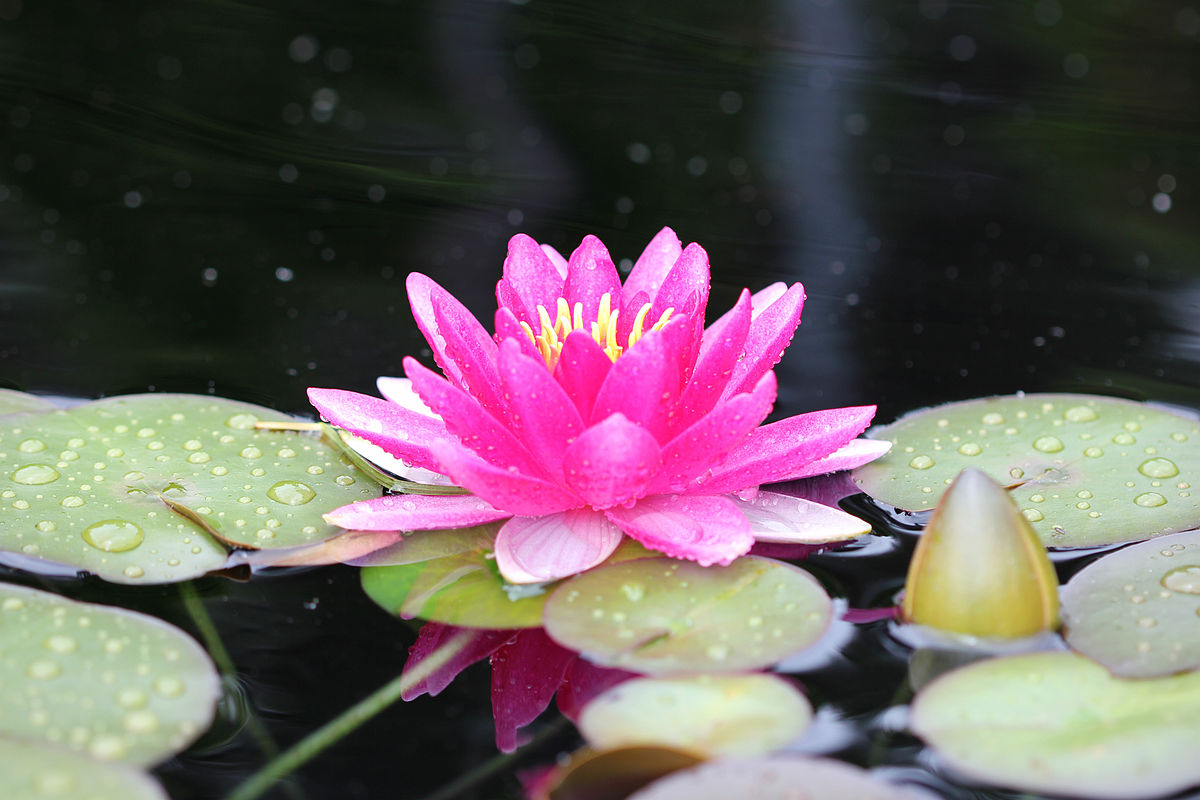Waterlily: Easier to grow than you might think

COLUMBIA, Mo. — Some gardeners consider waterlilies to be the ultimate challenge. Many admire them but few grow them, said University of Missouri Extension horticulturist David Trinklein.
Though waterlilies may appear exotic and fragile, they are tough and durable, Trinklein said. “Once established, waterlilies flower well into late summer and provide an exotic addition to any landscape,” he said in a press release.
Neophyte gardeners might want to think small when starting a waterlily garden. Large pools with fountains and waterfalls are impressive but challenging, Trinklein said. Using small, preformed plastic pools or tubs is an easy way to grow lilies with success. The ubiquitous whiskey half-barrel planted with a dwarf waterlily is an ideal way for beginners to gain experience with waterlilies, he added.
Waterlilies need at least six hours of sunlight per day to thrive. As a rule, the more sunlight, the better, said Trinklein. Fountains and other features that create turbulent waters actually reduce lilies’ performance, he added. Tranquil waters suit them best.
There are two basic types of waterlilies: hardy and tropical. Hardy lilies grow from rhizomes and are day bloomers that close their blossoms each evening. Excellent choices for beginners, they can be left in pools that do not freeze solid. Water should be at least 24 inches deep. Tropical lilies are considered showier by many. Some bloom during the day and others bloom from dusk through the night into early the next morning. Gardeners who work away from home during the day may find enjoyment in the lilies that bloom when they are home, Trinklein said.
But that enjoyment does come at a price, he said. Tropical waterlilies are a bit more demanding. They grow from tubers and are not winter-hardy in Missouri. Therefore, the tuber must be removed from the water garden every fall and stored inside for the winter in an environment in which it is kept constantly moist. Tropical lilies are available in many colors. Their elaborate flowers often are fragrant, making for a delightful evening walk through the garden, Trinklein said.
Do not crowd waterlilies. Exposed surface area improves the appearance of the water garden.
Plant them in heavy soil, not potting soil, in pots that are submerged in the pool. Avoid soil mixes with perlite, vermiculite or peat. These light mixes will float out of the pot. Carefully handle brittle rhizomes and tubers. Plant so that the crown is 10-12 inches below the water’s surface once the pot is submerged. Do not place containers on the bottom of the pool. Place dwarf varieties no more than 5 inches below the water’s surface.
Waterlilies are heavy feeders. Special aquatic plant fertilizer tablets that slowly release nutrients are available online and in garden supply stores. Use according to label directions.
Few diseases and pests affect waterlilies. Dogs may harm them when taking a dip in a water garden. Turtles tend to eat the leaves and koi may nibble on the foliage.
Divide the rhizomes of hardy waterlilies when they become crowded, quit blooming well and leaves rise above the water’s surface. It usually takes four to five years for this to happen.
Miss Clipping Out Stories to Save for Later?
Click the Purchase Story button below to order a print of this story. We will print it for you on matte photo paper to keep forever.

